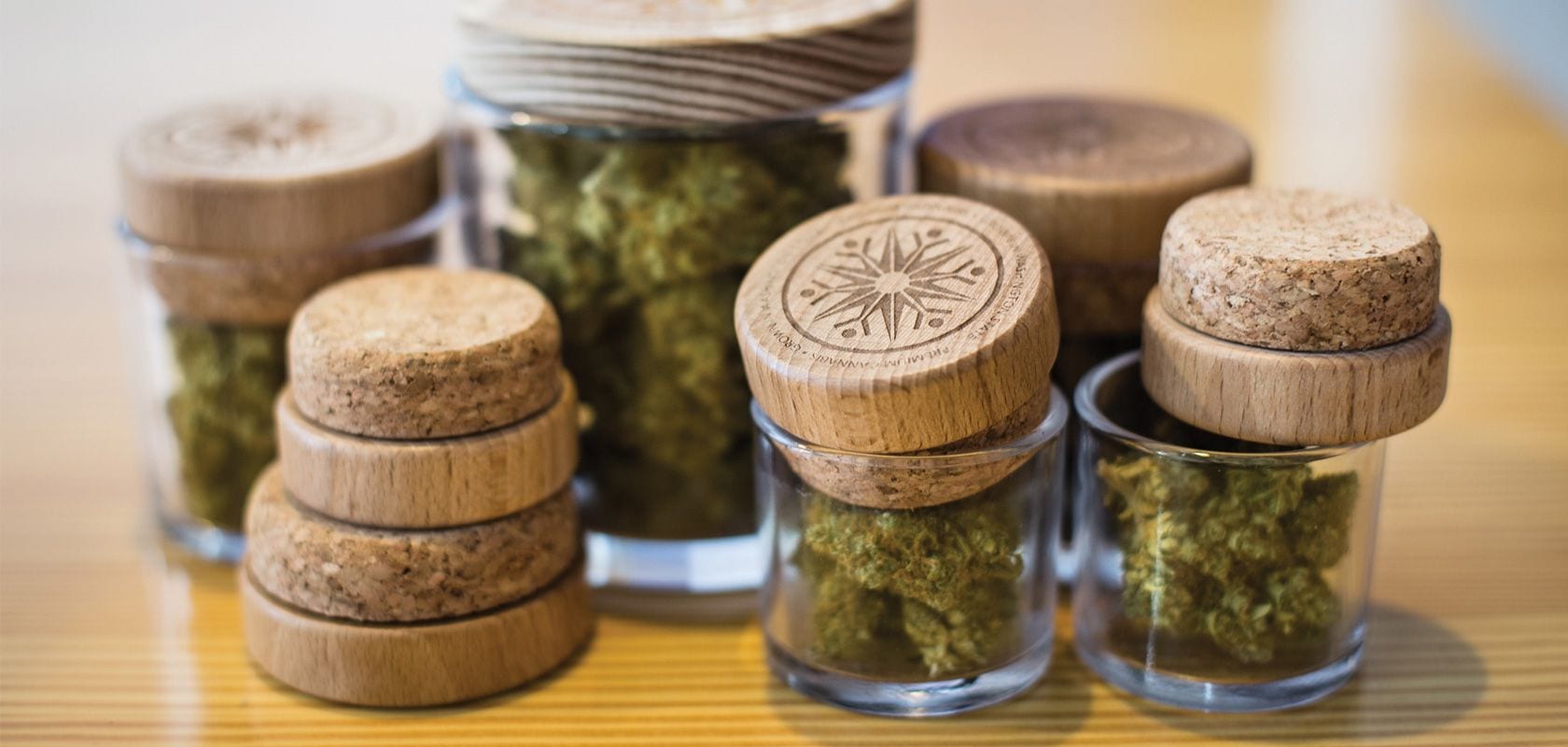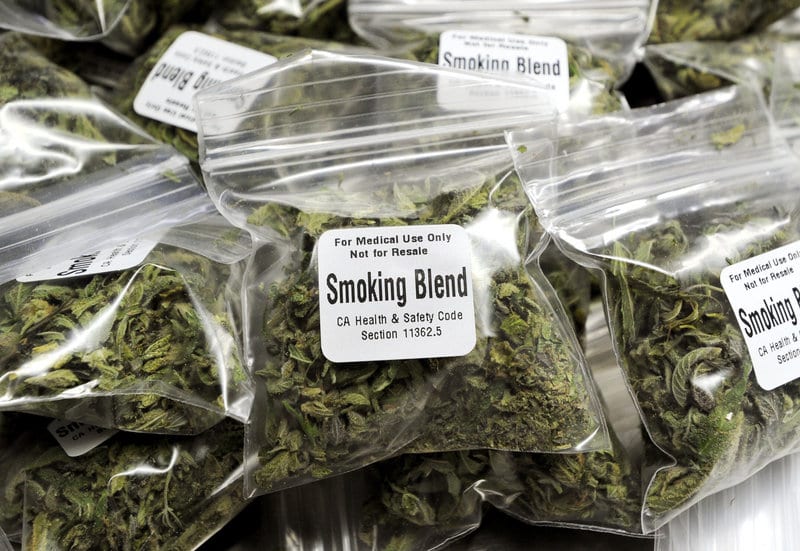
The true costs of producing cannabis are starting to be fully understood.
Ask any cannabis business owner, and they will tell you that from energy, water, nutrients, and labor, the costs are staggering. Beyond those input costs, there is also the most visible output cost, and that is the wasteful nature of cannabis packaging. Unfortunately, due to compliance issues related to child safety, cannabis packaging has quickly become the problem du jour for the industry, as anyone who has encountered the increasing amount of cannabis related refuse littering city streets can attest to.
The biggest cause for the excessive amount of packaging is due to compliance.
While part of the onus of this problem lies with the compliance requirements imposed by states, due to child safety concerns, another issue is the increasingly long list of informational requirements, including chemicals used during production, the batch from which it came, the harvest date, various warnings, cannabinoid profile, etc. Because of the onerous amount of information that must be supplied to customers, products literally need more packaging just to have the requisite amount of room to print all of the messages, disclaimers, etc that are required of cannabis products.
Certainly, from the perspective of those charged with regulating this industry, more information is better. However, more information requires more space. The irony here is that other, far more toxic products, come with much less messaging, including cigarettes and liquor, to name just a couple. It is hard to imagine the manufacturers of cigarettes being forced to disclose every chemical that was used in the production of their products, from the time the tobacco was grown in the fields, to the time the product was ready for sale. With over 500 chemical additives, cigarettes include such things as formaldehyde, benzene, nicotine, and arsenic. These items are not listed on cigarettes, and likely should be. Certainly, the concentrated nature of tobacco firms, and the disparate nature of cannabis producers, make it much easier for cigarette manufacturers to exert influence over pesticide regulation, in ways that the cannabis industry cannot. Given that tobacco companies are eyeing the cannabis space, it will be interesting to see how compliance matters are addressed under more sweeping federal oversight, as things progress over the next 5-10 years.
The “Unboxing” Experience: Cannabis Packaging
Another aspect of the cannabis packaging issue lies with the producer/consumer desire for the right “unboxing” experience. Recently I was impressed by some of the high-end product lines with their premium packaging, and their homage to the unboxing experience (similar to an iPhone); which comes replete with a portfolio of packaging that takes a good deal of time to wade through, most of which is not recyclable. Unlike an iPhone, which most people don’t buy more often than once every year or two, cannabis products are generally purchased with a great deal of regularity, perhaps once a week (or more), creating an imperative to address this ballooning problem.
When one looks at the most common sizes of pre-packaged products that are purchased at the retail level (flower and concentrate), one gram to a quarter ounce, we can quickly see that the amount of packaging that goes into providing these increments is generally greater in orders of magnitude. When it comes to flower, there is normally 2-4 times total volume of packaging, compared to cannabis product contained within. When it comes to concentrates, total packaging can be as high as 20 time the total volume. Do to the mixed nature of the packaging itself, a relatively small percentage of this material is recyclable, and that which is, is most often thrown away as trash, or sorted out by recyclers.
Additionally, virtually all dispensaries require the use of an “exit-bag”, which provides an additional layer of child-safety protection. Exit-bags are made from multiple materials, which make them ineligible for recycling, due to the mixed nature of their composition. And while they could be reused with a future purchase, more often than not, they are thrown away as soon as the customer gets home. Er go, they are not providing any additional child safety, and are only adding to the cost to the consumer and the planet.
The Wasteful Nature of Cannabis Packaging
One option that has been discussed to help address the wasteful nature of cannabis packaging is reusing old containers with new purchases. There are some companies that promote this practice, and although potentially practical, there are some issues. One of the biggest is that of cross-contamination. Should a previous product have had a contamination issue (mold, mildew, chemical pesticide, etc), the new product that is placed in the old container would suffer the same consequence. Some fully vertically integrated firms have offered to take back containers at their retail locations, and offer a discount to those that do, in order to have the containers sterilized, or repurposed into something else. But, these outlier cases are not the norm for the industry, but could prove to be win, provided the customer and the producer work in tandem to see something like this take hold.
However, some states have requirements that include having product pre-packaged, so that reusing containers is not an option. Many states currently have laws that require that child-resistant packaging conform to federal standards put forth in 16 CFR 1700. American Society for Testing and Materials (ASTM), is an international standards organization that develops and publishes voluntary consensus technical standards for a wide range of materials, products, systems, and services. ASTM provides the standards by which child-resistant packaging is attuned, and reusing packaging means that it is necessarily not up to the standards; this is yet another problem associated with trying to recycle your old container.
The Cannabis Industry is Waking Up to the Packaging And Waste Problem
The cannabis industry is already starting to wake up to the problem of packaging, and several companies are leading a wave of new product introductions, including biodegradable, recyclable, and hemp-based packaging, all of which are exciting innovations which could help alleviate some of this growing concern. Certainly, given the fibrous nature of the cannabis plant, it would be nice if one of these big manufacturers used their green waste to develop new packaging materials from their abundant supply, which was greener for the products and planet.

